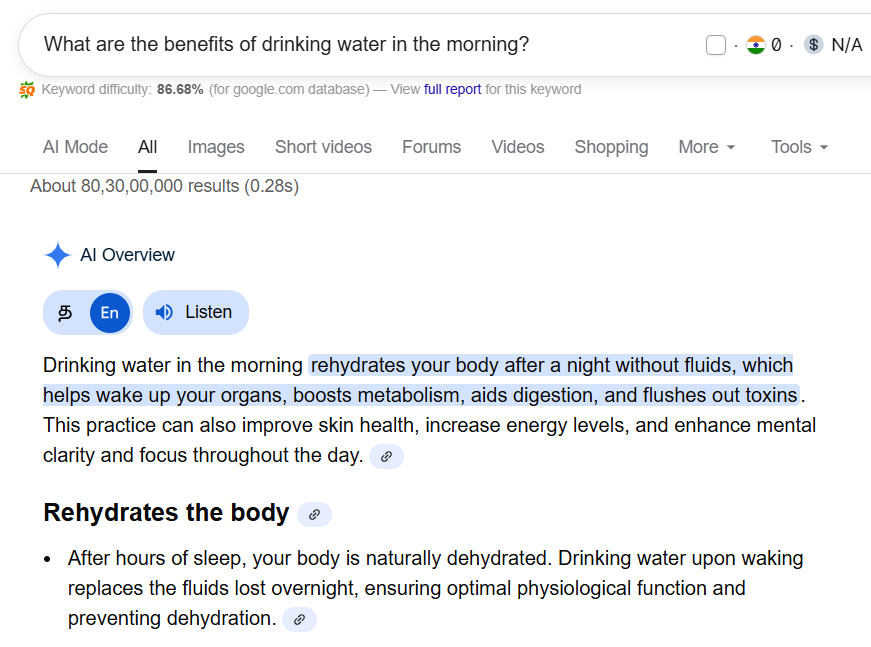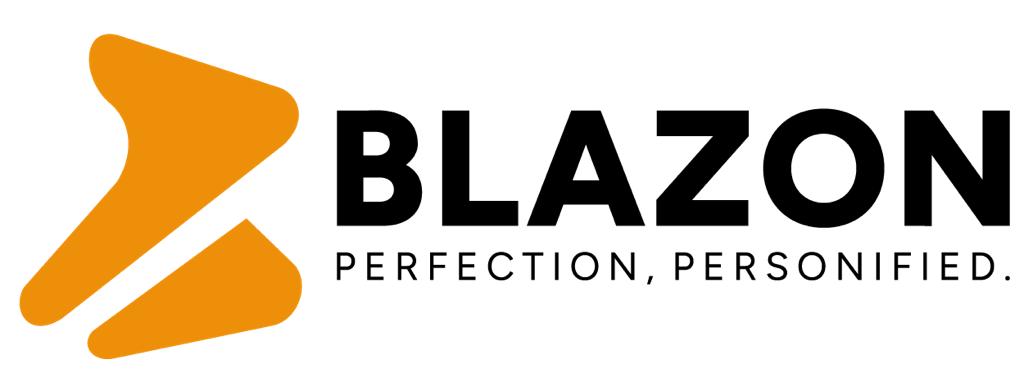The digital landscape is constantly evolving, and businesses are continuously looking for new ways to stay ahead of the competition. For years, Search Engine Optimization (SEO) has been the gold standard for improving a website’s visibility. However, with the rise of Answer Engine Optimization (AEO), businesses must now pay attention to a new strategy to optimize for the future of search. As more users turn to voice search, AI-powered assistants, and instant answers, understanding the differences between SEO and AEO is crucial.
In this article, we’ll dive into the core differences between SEO and AEO, explore why both matter, and discuss how businesses can leverage them to improve their digital presence.
What is SEO?
Search Engine Optimization (SEO) refers to the process of improving your website’s visibility on search engines like Google. The goal of SEO is to get your website to rank higher in the search engine results pages (SERPs) for specific keywords and phrases that your target audience is searching for.
SEO is built around several key elements:
- Keyword Optimization: Selecting the right keywords that your target audience is searching for and incorporating them into your content.
- On-Page SEO: Ensuring that your website’s structure, content, and metadata are optimized for search engines.
- Backlinks: Getting other reputable websites to link back to your content, signaling to search engines that your content is trustworthy and authoritative.
- Technical SEO: Making sure your website’s technical setup—such as page speed, mobile-friendliness, and crawlability—is up to standard.
For example, if you run a bakery in New York, SEO strategies might involve ranking for keywords like “best cupcakes in NYC” or “order cakes in New York,” ensuring that people who search for these terms find your bakery’s website.

What is AEO?
Answer Engine Optimization (AEO) is a newer concept that’s rapidly gaining importance as search engines become more advanced. While SEO focuses on improving rankings in traditional search results, AEO is about making sure that your content appears in direct-answer formats like Google’s featured snippets, voice search results, and AI-generated answers.

With the rise of voice search on devices like Google Home, Amazon Alexa, and smartphones, people are now asking specific questions and expecting immediate, concise answers. AEO aims to structure content in a way that makes it easier for search engines and AI to pull this information directly. Key tactics include:
- Structured Data & Schema Markup: Adding specific tags to your content so search engines can easily understand the context of your information.
- Concise and Direct Content: Crafting short, to-the-point answers to common questions that can be pulled for instant answers.
- Focus on User Intent: AEO places a strong emphasis on understanding the specific questions and problems users are trying to solve.
For example, if someone asks, “What are the benefits of drinking water in the morning?”, AEO would ensure that a page’s content is optimized with a direct, clear answer that AI can quickly retrieve and present in response.

Key Differences Between SEO and AEO
Although both SEO and AEO aim to improve visibility, they are different in their approaches and objectives. Here’s a breakdown of the key differences:
| Aspect | SEO | AEO |
| Primary Goal | Rank higher in traditional search results | Get featured in AI-driven, direct answer formats |
| Content Structure | Long-form content optimized for keywords | Short, concise answers with structured data |
| Focus | Keywords, backlinks, content quality | User intent, AI readability, structured answers |
| User Experience | Click-through to website | Instant answers without leaving the search engine |
| Optimized For | Search engines (Google, Bing, etc.) | Voice search, AI-powered assistants, snippets |
Why AEO Matters Now
With the rise of AI, voice search, and virtual assistants, the way people interact with search engines is changing. SEO alone may not be enough to capture the attention of modern users who want quick answers. Here’s why AEO is important:
- The Growth of Voice Search: Voice search is becoming increasingly popular, especially with the rise of devices like Amazon Echo and Google Nest. People are speaking to their devices and expecting instant, spoken answers, which means AEO is critical for businesses to appear in those responses.
- AI and Featured Snippets: Google’s algorithms have become smarter, and now they pull quick, concise answers directly from web pages to feature as snippets at the top of search results. AEO helps optimize content for these featured snippets by making it easy for search engines to pull relevant information.
- User Experience: Modern users are looking for fast, direct answers. If your content isn’t structured in a way that AI can easily access and display, you might miss out on visibility. AEO makes sure your content is easily digestible for both search engines and users.
How to Implement SEO and AEO Together
While SEO and AEO serve different functions, they can and should work together to optimize your content for both traditional search and AI-driven responses. Here’s how to combine the two strategies:
- Start with SEO: Ensure that your website follows best SEO practices, including optimized keywords, high-quality content, and proper technical setup. This forms the foundation of your digital presence.
- Add AEO Techniques: Once you’ve addressed SEO, implement AEO by structuring your content for AI. Use clear, concise answers to common questions, and add schema markup to make your content AI-friendly.
- Optimize for Voice Search: Consider how users might phrase their queries using voice search. For instance, if your bakery wants to rank for “best cupcakes,” also think about phrases like “Where can I find cupcakes near me?” and structure your content accordingly.
- Measure and Adjust: Use analytics to track both your traditional SEO performance (such as organic traffic and rankings) and your AEO performance (like how often your content appears in featured snippets and voice search results). Adjust your strategy as needed based on performance data.
Real-World Example: A Local Restaurant
Let’s take a local restaurant as an example. By using both SEO and AEO, the restaurant could:
- SEO: Optimize for keywords like “best Italian restaurant in Chicago” or “order pizza in Chicago,” ensuring their website ranks well for relevant searches.
- AEO: Use structured data to ensure their hours of operation, menu, and other details appear as concise answers in voice search results. For example, when someone asks, “What time does Luigi’s Pizza open?” an AI assistant can pull this information directly from the restaurant’s website.
Combining both strategies can help the restaurant not only rank high in traditional search results but also get featured in voice searches and AI-powered platforms, giving them a competitive edge.
Conclusion
The digital world is evolving, and as AI becomes more integrated into our daily lives, businesses must adapt their SEO strategies to stay relevant. While SEO is still essential for ranking in traditional search engines, AEO is becoming increasingly important as voice search and AI-powered tools take center stage. By understanding the differences between SEO and AEO and integrating both into your digital strategy, you can ensure that your business remains visible, accessible, and competitive in the ever-changing digital landscape.
At Blazon, a SEO Services Company in Coimbatore, we specialize in optimizing both SEO and AEO strategies to help businesses like yours achieve top rankings. Whether you’re aiming for improved organic traffic through SEO or visibility in AI-driven responses with AEO, we have the expertise to help you succeed. If you’re ready to elevate your business and secure top positions on search engines, contact Blazon today. Let’s take your business to new heights.


